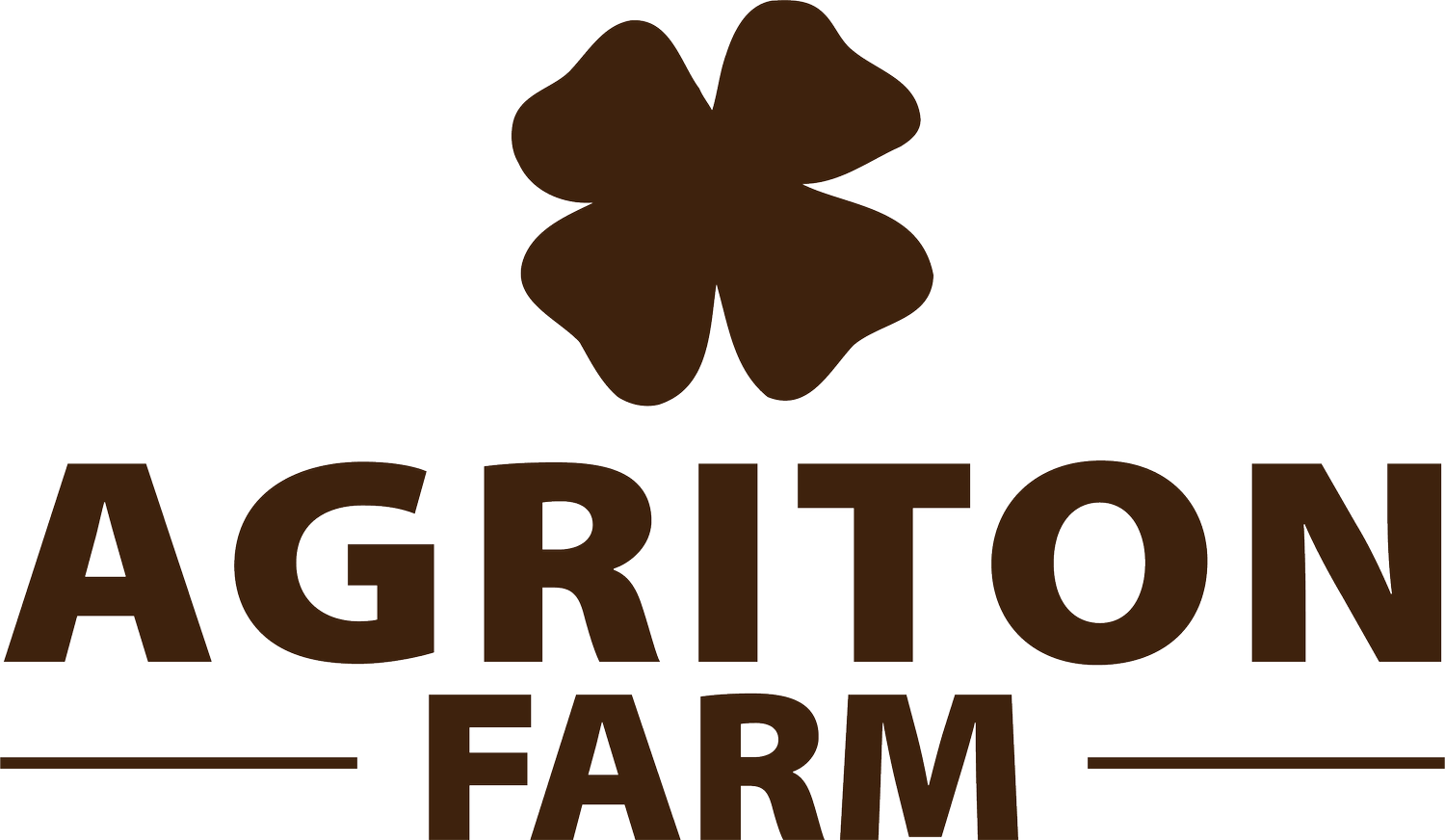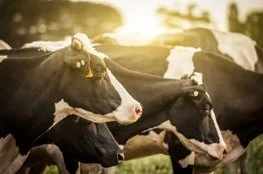Pre and Postbiotics - and their place on your farm
Where to start?
This topic is vast and there is a wealth of information available, but do we really know or understand which do what!
Historically referred to as direct fed microbials (DFM) and more recently Synbiotic’s, how do we unravel the science and existing knowledge of the past, identifying the benefits and their application on farm, today.
Health and Welfare
My interest in calf health and welfare has increased alongside my own knowledge and understanding, from my dissertation on protein utilisation, more recently my thesis on enteric disease – and throughout my own research I am constantly diverted back to tiny living organisms, the microbe. These organisms play such a significant role it has been suggested that the microbiome should indeed be recognised as an organ in its entirety.
I recently listened to a webinar from Balchem Real Science Exchange, featuring Dr Mike Steele of Guelph University, Dr Todd Callaway and Dr Ordway and it was insightful and thought-provoking to think of, what is an age-old topic, in a new light and how this can enhance our understanding and possibly achieve greater results on our farms when it comes to the health and welfare of our animals.
Calves are the future milking herd - ensuring optimal health and wellness is critical to secure their longevity on farm
Relationships
The collaborative webinar highlighted that these “products” are not a silver bullet, one size does not fit all, and they are not always effective. Despite extensive research spanning decades, a lot of this is still at the phylum level and strain differentiation remains challenging. We remain heavily focused on the synergy between pre and probiotics but what about the relationship between host and microbes? The study and characterisation of the host, physiological mechanisms and their response to these products could be a more effective measuring tool and help unlock the biology needed to gain greater results.
Another synergistic relationship is that of the farmer – and their surrounding teams. Nutritionists, veterinarians, consultants, agronomists; these relationships should also feature when having discussions and making decisions based on your own farm and the results you are hoping to see from supplementing feed with these products.
Early starts
There is significant emphasis on youngstock health, setting up calves from birth to reduce disease risk, increase growth, optimise future yield – but do we take this viewpoint into the very soil of which our animal feeds are grown? The beginning of life for our crops, the feed we rely on to provide essential nutrients which allow animals to grow, thrive and ultimately produce more milk. There is an abundance of scientific evidence highlighting the benefits of inoculating our crops to provide anaerobic stability, preservation and increase nutrient availability – but this topic is for another day!
Calves are born without a functioning immune system - to rear robust and strong calves we must focus on reducing stress and disease pressure so their energy can be used for growth, and development.
Adaptive and efficient
Ruminants have evolved – their diet was once unpredictable, changeable and their digestive systems adapted to guarantee their survival. Within intense production, we now feed a homogenous feed, artificially selected for production purposes and in doing so it is likely we have altered the microbiome. A study in 2016 by Shabat et al. highlighted that whilst diversity has always been recognised as “optimal” in terms of microbiome, cows performing more efficiently had lower diversity and richness of microbes suggesting simpler metabolic pathways and reduced metabolites resulted in increased dominant and specific functional microbes and more effectively utilised by the host.
It is suggested by manipulating the microbial population to optimise functionality may result in decreased diversity by reducing the abundance of species who do not provide a significant contribution to the overall health of the animal.
Image The ISME Journal, Vol 10, (12), Shabat et al., 2016
Challenges
There is a lot of scientific literature, published journals and positive data to suggest these products can achieve results, from increased nutrient intake, gut integrity, reduction in pathogenic bacteria and growth rates – but we must first consider, what is our goal on farm and what challenges are we trying to overcome?
For the microbiome to be manipulated, whether that be prebiotics – offering essential fermentable carbohydrates or a probiotic, both increasing abundance of beneficial microbial growth, it is worth looking at the host, and the present stressors impacting health, and production:
Are your calves hitting their growth targets and consuming enough nutrients?
Is there a high incidence of disease in your pens, gastric or respiratory?
Are heifers cycling normally and are getting in calf successfully?
What is the BCS of your dry cows?
And your milking herd, are they producing their quota? How are they coping in their environment, temperature, stocking density, access to feed and clean water? Are they spending enough time lying – eating?
To understand the relationship between hosts physiology mechanisms and microbial populations, recognising these challenges can help assess not only the need for supplementation on your farm but offers a measure by which to assess it’s impact.
Summary
Whilst we know great benefits have been observed from supplementation with Synbiotics, it is worth remembering that what isn’t broke, can not be fixed and success will likely be relative to the challenges and stressors being faced on farm.
I do believe there is a place for these within agriculture and this is scientifically supported, however there remain gaps in knowledge and available information to those making decisions, at farm level. When achievable targets can be identified, and stressors recognised there will be opportunities to increase health, welfare and production from the appropriate use of Synbiotics.
Support your future herd, today 〰️
Support your future herd, today 〰️
Please get in touch, whether you have any questions or would simply like to have a chat about your farm.
Follow myself, and the team at Agriton UK and please let me know if there is anything specific you would like to see here, on the Knowledge Hub.




